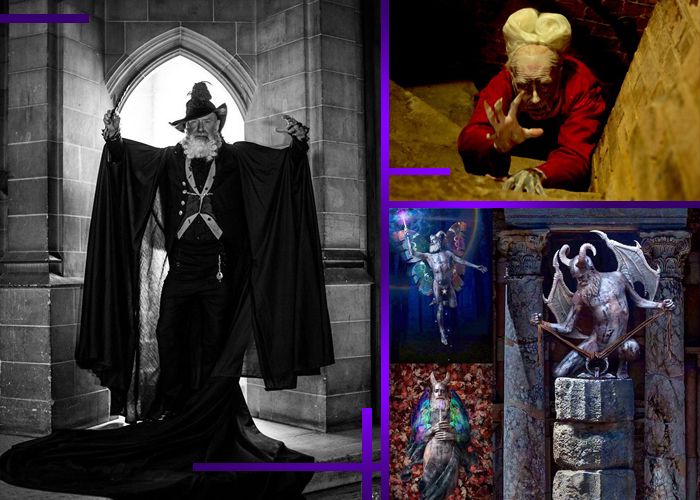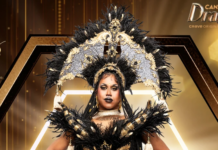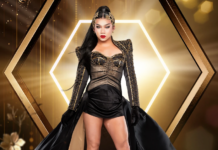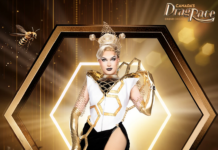
After almost 20 years of hatred and violence towards gays attending drag costume balls at Halloween in Toronto, gay journal, Body Politic, published an editorial in 1980 that put its well-heeled foot down to stop the insanity:
The events of October 31 are a civic disgrace, and should be a source of shame to every citizen of the city. Every citizen, every elected official should share every gay person’s dismay at having to face, each year, a night of humiliation and hate. A night that is passed over in silence, that has drawn no criticism, no condemnation, that has not moved one single elected official to say ‘This is appalling and disgraceful. This must be stopped.’
In the 1960s and 70s, Yonge Street, on the blocks between College and Wellesley Streets, was home to two gay bars, the Parkside Tavern and the St. Charles Tavern. On Halloween night, the only socially permissible night of the year where gays could openly express themselves in costume, these queer bars drew two very different groups: drag queens and large, hostile crowds armed with eggs and ink, fists on the ready.
“Halloween is on its way to becoming a confrontation between a large gay subculture and a city that pretends it doesn’t exist,” wrote Hugh Brewster, a Body Politic contributor at the time.
A Torontoist article by Jamie Bradburn explains that outside of Halloween back in the day, “it wasn’t unusual for men in drag to be hauled by police down to Cherry Beach and beaten up”, and this, he writes, “gave rise to costume balls on October 31 which allowed participants to publicly display their sexuality. The parties could be lavish affairs—during Halloween 1969, the August Club at 530 Yonge offered a ball with prizes, buffet, and champagne for $12.50 a head.”
Mark Henderson, an actor/model who experienced the Yonge Street scenes first-hand, explains that “back in the late 70s, it was illegal for men to be out on the streets in drag, and they were arrested. At Halloween, it was a blood bath.”
Bradburn notes that by the late 1970s, the spectacular balls continued to draw angry crowds on the streets, described by one police superintendent as “a sad-looking bunch” that stood around and threw eggs at each other, while the 300 drag queens at the St. Charles ball “were inside having a great time”.
According to BlogTO, during the 1970s, “the epicentre of the [gay] community shifted to Church [Street], as businesses found more affordable spaces on this street. During this time, more businesses became gay-owned”, and the one-block gay migration from Yonge to Church Street began. Gays and lesbians now had apartments to live in (the City Park complex was built just off of Church in the mid-1950s), and the community was finding its way in the new neighbourhood.
Then AIDS hit.
Henderson believes that it was the rise of HIV/AIDS that moved the gay community into what would become Toronto’s gay village – now gays were feared and further marginalized by “the gay disease”. Gays tried not to be seen and kept to themselves. “There was a 20′ radius around drag queens, because presumably, they were all infected,” he says. “People felt that they could still throw things at the queens, but they wouldn’t touch them.”
He remembers the hatred, the jeering, the hurled objects, and the violence toward drag queens and gays at the time, and recalls that by the early 1990s, the spectacle of Halloween for adults was but dry tinder waiting for a spark to ignite it.
Wildfire
At least in Toronto in the very early 1990s, people didn’t go out in costume at Halloween. Henderson remembers that the thought of grown men in costumes was “creepy”. Sometimes it was okay for women to wear [sexy sexist] costumes, but for men costumes were “frowned down upon”.
One year, he, with his friend Cheyenne Lee who hatched the plan, decided one year to defy convention and go out and enjoy themselves in full Halloween disguises. Halloween was on a weekend that year and they went out three nights in a row as Dracula (Henderson) and his dead showgirl girlfriend (Lee). They went to neighbourhood haunts like the Artful Dodger pub on Isabella and ended up at Woody’s, a popular gay bar at Church and Wellesley Streets, but not much was happening there.
Out on the street, they looked across to Crews, another bar, and decided to go over. As Torontonians do, they J-walked across the road, and as they did, an oncoming car flashed its lights at them so their costumes could be better seen. The car approached slowly then stopped just in time for Lee and Henderson to lay on the hood and make scary faces into the wind shield.
“People loved it!” Henderson remembers. “A car coming south also wanted to be a part of it, so we laid on the hood and gave that car the same treatment. Cheyenne was whipping up the street. Drag queens started to notice and came out onto the street. The police were there but they didn’t shut it down. It was the perfect storm.”
The following year, the 519 Community Centre got a permit and paid for a street party and closed off several blocks for the costume parades, and it’s never been the same since. Last year, 30,000 people came out to see the spectacle of Church Street at Halloween.
“Something got unlocked and it didn’t stop,” Henderson explains. “The costume businesses on Yonge Street would never have survived if it hadn’t been for us. We all woke up when it was really dark – the colours came back.”
But the bonfire of the Church Street Halloween spirit could not have been ignited without a spark. Henderson says that Lee lived and died Halloween (indeed, she named her son, Spider), she had the ability to make things fun and clean things up.
“It wasn’t popular to have gay friends in the 80s,” Henderson says of his late friend. “She was the Kathy Griffin of the day. She got the jokes in life, she lit the fire. Cheyenne was the spark that lit the flame of the Halloween tinder.”
By Leah Morrigan, GGN Editor





